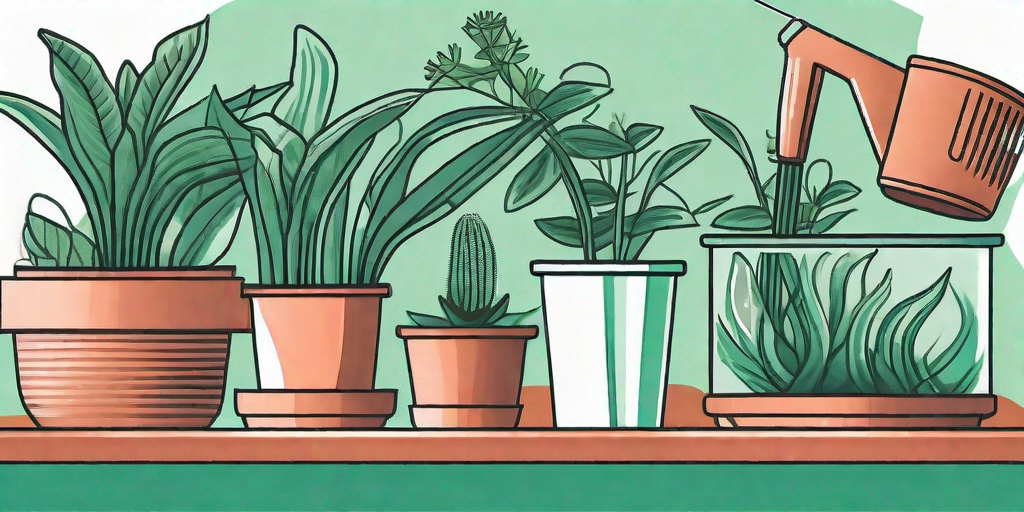
Greetings, green-thumbed enthusiasts and carnivorous plant aficionados! If you're here, it's likely because your Venus Fly Trap has seen better days. Fear not, for we're about to embark on a thrilling journey of repotting and revival. So, strap on your gardening gloves and prepare to get a little dirty. It's time to bring your Venus Fly Trap back to life!
Understanding Your Venus Fly Trap
Before we dive into the nitty-gritty of repotting, it's crucial to understand the unique needs of your Venus Fly Trap. These fascinating plants are not your average potted petunias. They're carnivorous, which means they enjoy a good insect snack now and then. But don't worry, they won't bite you... unless you're a fly.
Native to the subtropical wetlands of the East Coast in the United States, Venus Fly Traps have adapted to thrive in poor soil conditions, deriving nutrients from insects instead. This adaptation makes them a bit picky about their potting conditions. But with the right knowledge, you can create a perfect home for your plant.
The Importance of the Right Soil
While most plants are content with any old dirt, Venus Fly Traps are a little more high maintenance. They prefer a soil mix that is low in nutrients and has good drainage. A blend of sphagnum peat moss and perlite is often recommended. Remember, no fertilizer! These plants get their nutrients from their meals, not their soil.
Also, avoid using potting soil with added fertilizers or minerals. These can harm your Venus Fly Trap. When it comes to soil, less is more for these unique plants.
Repotting Your Venus Fly Trap
Now that we've covered the basics, let's get to the fun part: repotting your Venus Fly Trap. This process can be a bit tricky, but with a little patience and a lot of care, you can give your plant a fresh start.
Repotting is best done during the plant's dormancy period, typically in the winter months. However, if your plant is looking particularly unhappy, an emergency repot might be in order. Just remember, repotting can be stressful for the plant, so only do it when necessary.
Materials Needed
Before you begin, gather the following materials:
- A new pot
- Sphagnum peat moss
- Perlite
- Distilled water
- A small tool for digging
Steps to Repot
With your materials in hand, follow these steps to repot your Venus Fly Trap:
- Prepare the new pot by filling it halfway with a mix of sphagnum peat moss and perlite.
- Carefully remove your Venus Fly Trap from its current pot. Be gentle to avoid damaging the roots.
- Place the plant in the new pot and gently fill in around it with more soil mix.
- Water the plant with distilled water until the soil is thoroughly moist.
- Place the pot in a location with plenty of indirect sunlight and wait for your Venus Fly Trap to bounce back to life.
Post-Repotting Care
Once you've repotted your Venus Fly Trap, it's not time to sit back and relax just yet. Post-repotting care is crucial to ensure your plant recovers well.
Keep the soil moist but not waterlogged. Use only distilled water, as tap water can contain minerals that are harmful to Venus Fly Traps. Ensure the plant gets plenty of indirect sunlight, and remember to feed it an insect every couple of weeks.
With the right care, your Venus Fly Trap should start showing signs of recovery in a few weeks. Be patient, as recovery can take time. But soon enough, your plant will be snapping up flies with gusto once again.
Frequently Asked Questions
Can I use tap water for my Venus Fly Trap?
No, tap water often contains minerals that can harm Venus Fly Traps. Always use distilled water for these plants.
How often should I feed my Venus Fly Trap?
During the growing season, feed your Venus Fly Trap an insect every couple of weeks. During dormancy, the plant does not need to be fed.
Can I use fertilizer for my Venus Fly Trap?
No, Venus Fly Traps get their nutrients from insects, not soil. Using fertilizer can harm the plant.
And there you have it, folks! With this guide, you're well-equipped to revive your Venus Fly Trap. Remember, these plants are a bit quirky, but with the right care, they can be a fascinating addition to your home or garden. Happy gardening!















